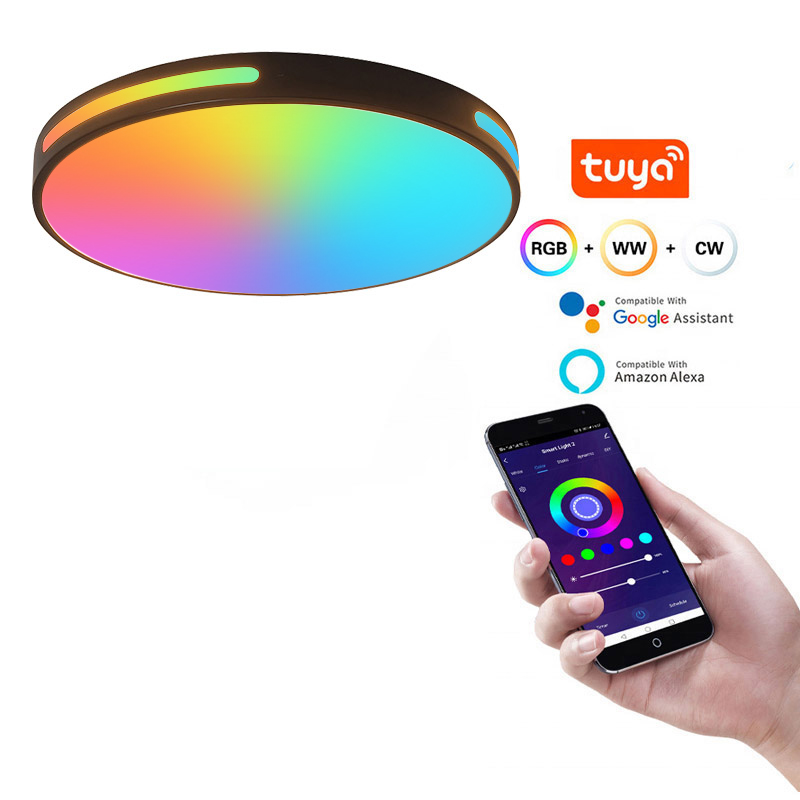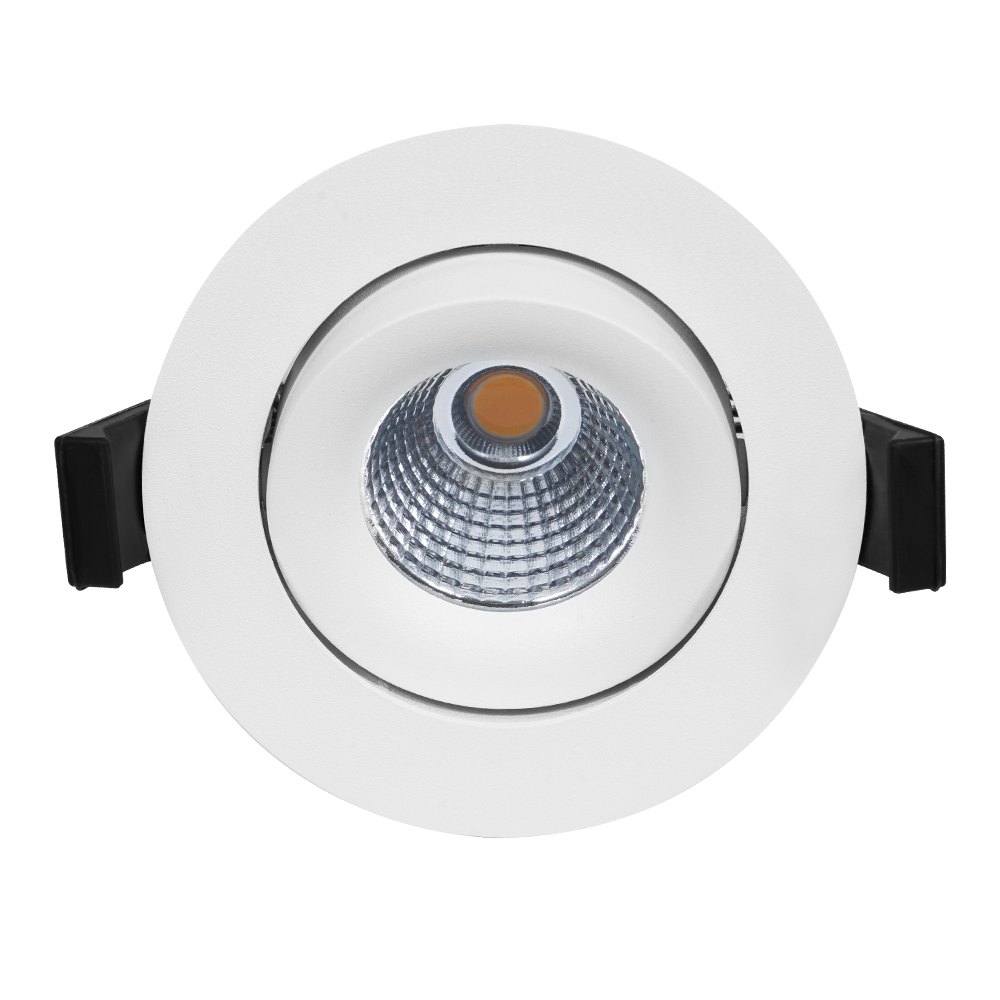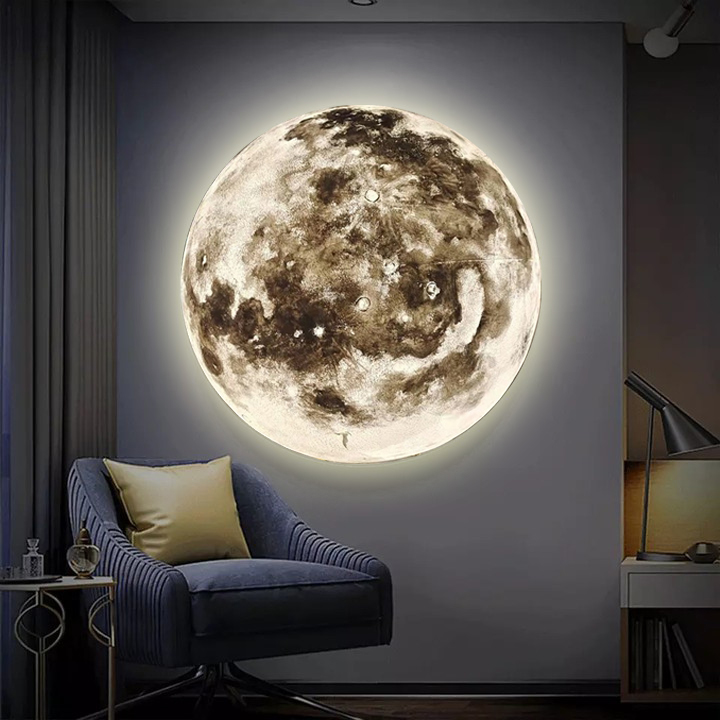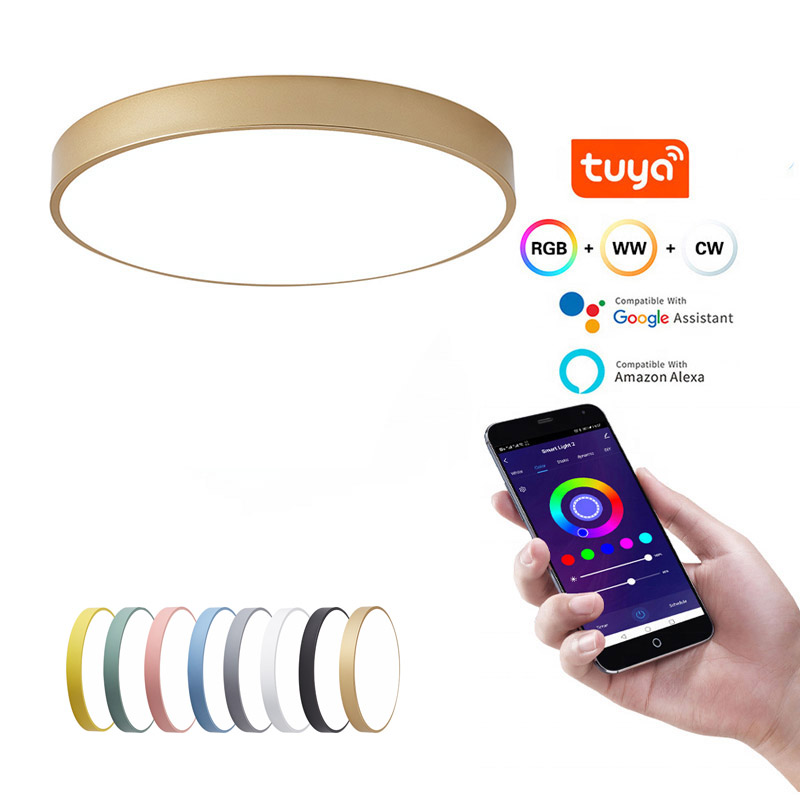Downlights and energy efficiency
Using downlights rather than pendant or fluorescent fittings will mean you need to install more lights to light the same area, resulting in higher energy use and running costs.
In the past, downlights often used halogen lamps which are high energy users.
1. What Are Downlights?
Before discussing their energy consumption, it is important to understand what downlights are.
Downlights are Recessed Light Fixtures that are installed into a ceiling, providing a downward direct light source.
They are often used to create a clean and modern look in various settings, such as Homes, Offices, and Retail Stores.
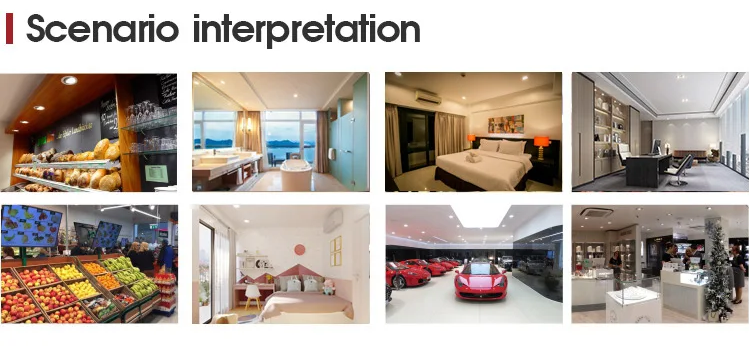
2. Power Consumption of Downlights
On average, downlights consume around 5 to 20 watts per bulb, depending on the specific type and design.
LED downlights are known for their Energy Efficiency, using significantly less electricity compared to traditional incandescent or halogen bulbs.
LED downlights typically consume 80% less energy, making them a popular choice for those looking to reduce their electricity bills.
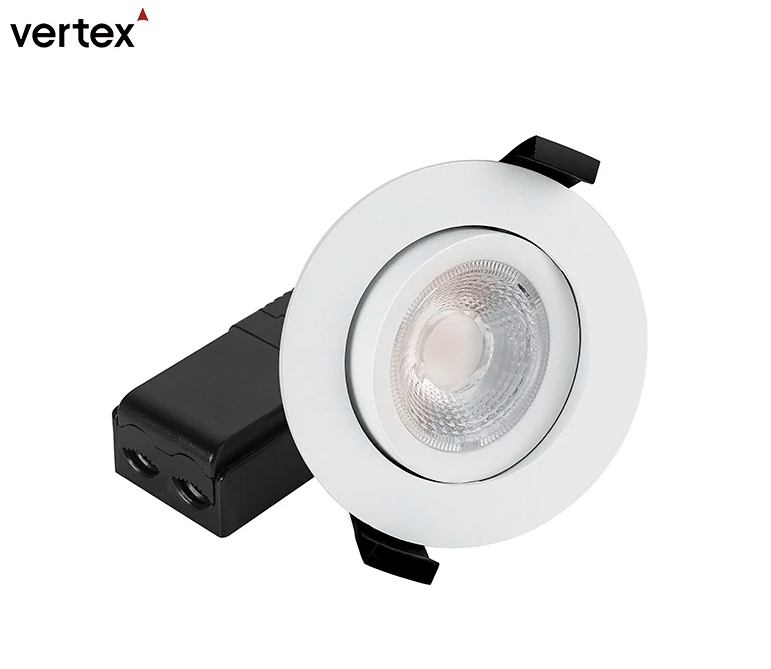
3. Factors Affecting Energy Usage
Several factors can influence the overall energy consumption of downlights:
Bulb Type: As mentioned earlier, LED bulbs are the most energy-efficient option, while halogen and incandescent bulbs consume more electricity.
Brightness: Higher brightness levels require more electricity, so it's essential to choose the appropriate lumen output for your specific lighting needs.
Usage Time: The duration of downlight usage affects energy consumption. The longer the lights are on, the more electricity they will consume.
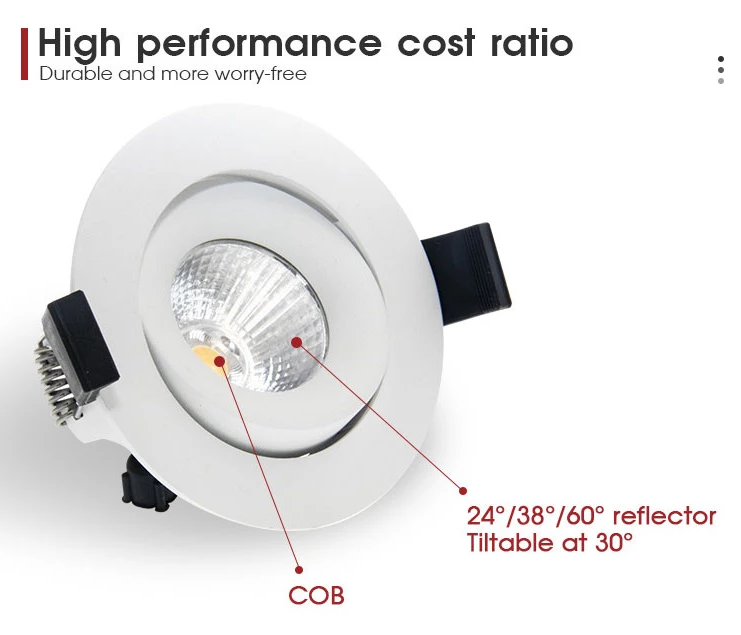
4. Energy-Saving Tips
To minimize the electricity usage of downlights, consider these energy-saving tips:
Choose LED Bulbs: Opt for LED downlights, as they are the most energy-efficient and have a longer lifespan compared to other bulb types.
Install Dimmer Switches: Dimming downlights can help reduce energy consumption by adjusting the brightness level based on the required lighting intensity.
Turn Off Unused Lights: Develop a habit of switching off downlights when they are not needed, especially in empty rooms or during daylight hours.
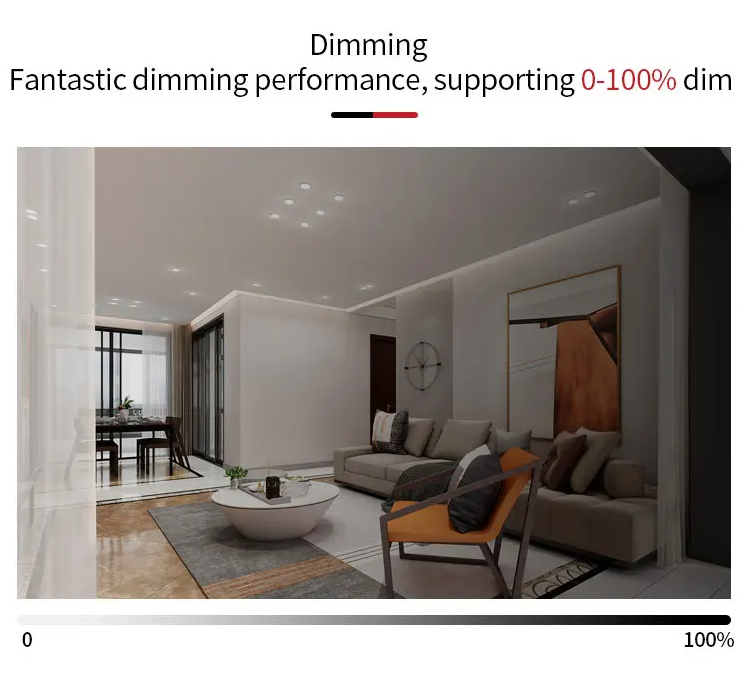
5. Conclusion
In summary, downlights typically do not use a lot of electricity, especially when equipped with LED bulbs.
By considering factors like bulb type, brightness, and usage time, users can further optimize energy consumption.
By implementing energy-saving practices, such as choosing LED bulbs and utilizing dimmers, one can reduce both energy expenditure and electricity bills.
Make wise lighting choices today to contribute to a more sustainable future.



